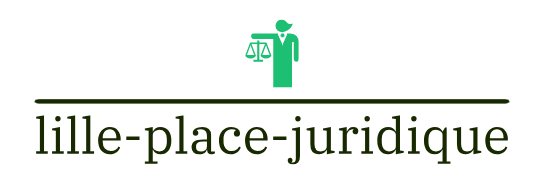Understanding Your Dog’s Communication
Before we dive into the specifics of positive reinforcement, it’s crucial to understand how your dog communicates. Dogs don’t speak human languages, but they’re incredibly expressive through body language. Learning to read their postures, tail wags (consider the *type* of wag!), ear positions, and vocalizations is paramount. A relaxed dog will have a loose, slightly wagging tail, soft eyes, and a generally open posture. A stressed or anxious dog, on the other hand, might tuck its tail, have tense muscles, avoid eye contact, and even yawn or lick its lips excessively. Recognizing these subtle cues is the first step towards effective training and building a strong bond.
Why Positive Reinforcement Works Best
Positive reinforcement is based on rewarding desired behaviors. Instead of punishing unwanted actions, you focus on reinforcing the good ones. Think of it as shaping your dog’s behavior by guiding them towards what you want. This approach builds trust and a positive association with training, making your dog more eager to please and learn. Punishment, conversely, often creates fear and anxiety, making learning difficult and potentially damaging your relationship with your furry friend. It can also lead to unpredictable behavior and even aggression.
Building a Foundation of Trust
Trust is the cornerstone of any successful dog-owner relationship. It’s built through consistent positive interactions, patience, and understanding. This doesn’t just mean training; it encompasses all aspects of your relationship, from playtime to cuddling. Making your dog feel safe and secure fosters a willingness to learn and cooperate. Regular positive interactions strengthen the bond and make training a more enjoyable experience for both of you. A relaxed and trusting dog is a happy dog, and a happy dog is easier to train.
Effective Positive Reinforcement Techniques
Effective positive reinforcement relies on timing and consistency. Reward desired behaviors immediately with something your dog finds highly rewarding – this could be a favorite toy, a tasty treat, praise, or even a game of fetch. The reward should be delivered the moment the desired behavior occurs, reinforcing the connection between the action and the reward. Consistency is key; inconsistent rewarding can confuse your dog. Establish clear cues and use them consistently so your dog learns to associate specific commands with specific actions.
Choosing the Right Rewards
The best reward is highly individual to your dog. Some dogs are motivated by food, others by toys, and some by praise and affection. Experiment to find what your dog values most. Keep rewards small and frequent, especially during initial training. Avoid overfeeding your dog with treats by incorporating them into their daily food allowance. The reward should be a positive experience, not something that overwhelms or makes them uncomfortable.
Addressing Unwanted Behaviors
Even with positive reinforcement, unwanted behaviors will likely occur. Instead of punishing, focus on redirecting your dog to a more desirable behavior. For example, if your dog jumps on people, redirect their attention to a sit-stay command and reward them for staying calm. Ignoring unwanted behaviors (if possible and safe) can also be effective, as attention itself can be a reinforcer. If the behavior persists, consider consulting a certified professional dog trainer who can provide tailored guidance.
Beyond Basic Obedience: Enriching Your Dog’s Life
Positive reinforcement is not limited to basic obedience training. It can be used to teach your dog tricks, improve their recall, and manage anxiety. It’s also a great tool for enriching your dog’s life by providing opportunities for mental and physical stimulation. This could involve puzzle toys, agility training, or simply engaging in enjoyable games that challenge your dog’s mind and body. A happy, stimulated dog is a well-behaved dog.
The Long-Term Benefits of Positive Reinforcement
The benefits of positive reinforcement extend far beyond basic obedience. It fosters a stronger bond between you and your dog, based on trust and mutual respect. It creates a positive learning environment, making training enjoyable for both of you. It leads to a happier, more confident, and better-adjusted dog, capable of navigating various situations with ease and composure. Ultimately, positive reinforcement contributes to a richer and more fulfilling life for your canine companion and for you. Learn about dog correction techniques here.






